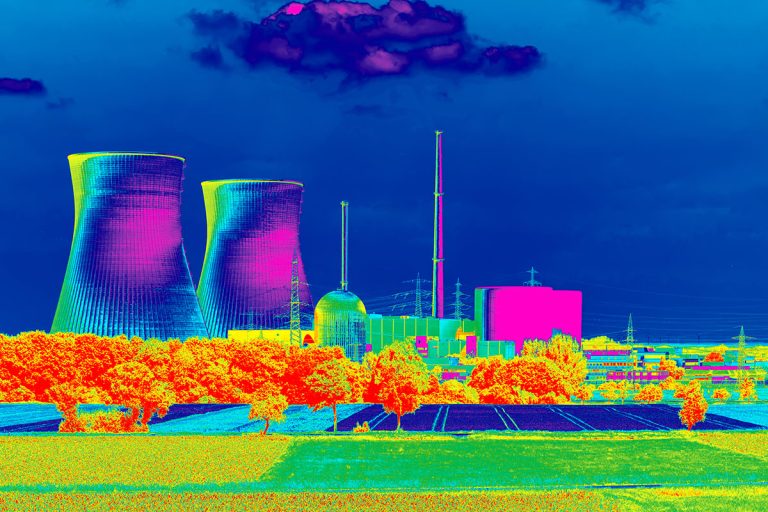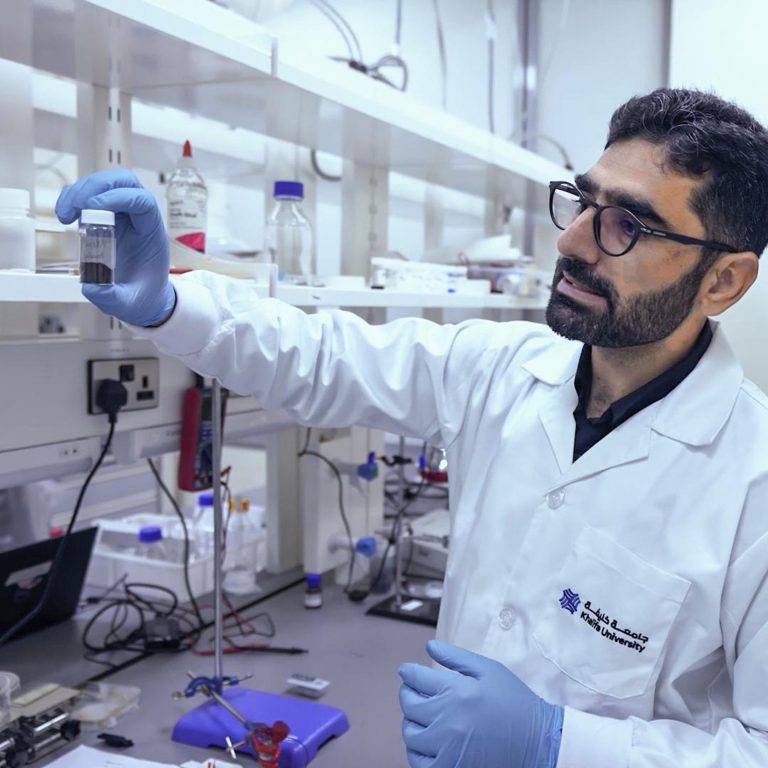Can we curb global warming without shutting down factories?
Heavy industry can be part of a low-carbon future, but only if suitable technologies and policies are embraced.
How can we curb global warming without sacrificing our quality of life? It’s one of the most complex questions facing scientists—and heavy industry is at the heart of it. Cement and steel factories are essential for building modern society, yet they remain deeply reliant on fossil fuels.
At Khalifa University’s RICH Center, a team led by Pedro Rochedo has created a powerful computer model to show how these industries could still thrive in a future where global warming is kept under 2°C.
They used a sophisticated computer software called COFFEE (Computable Framework for Energy and the Environment), originally developed by Rochedo. Think of it as a super-smart simulator that maps the complex interplay between a country’s economy, its people, and the environment. This gives leaders and policymakers a clear picture of what’s possible for a sustainable future.
“It’s really important to have smart policy designs that avoid unfairness and ensure a just transition.”
Pedro Rochedo
“COFFEE is the only global model where all the sectors, including land, energy, food and materials, are combined in a single mathematical framework,” says Rochedo. “It tries to find the optimal pathways toward decarbonization for all these systems simultaneously, across 18 world regions, up to the end of this century.”
Using the COFFEE model, Rochedo’s PhD student Marianne Zanon-Zotin explored future emission pathways for the cement, steel and chemical subsectors industries. These industries are often seen as hard to abate because they are crucial to global economies yet emit large amounts of CO₂ from core chemical reactions and require high temperatures that are difficult to achieve with current low-carbon technologies.
The simulations showed that while these industries produced some emissions, they could still operate at scale well below 2ºC climate scenarios, especially if there is sufficient ambition in developing technologies such as biomass energy and carbon capture.
“Some carbon capture technologies like chemical absorption are already used in refineries, but not at the scale required, and they remain expensive,” says Rochedo. “The main challenge is the speed at which this technology, and others, like electrification, hydrogen efficiency and circular economy practices, must increase. This requires public acceptance, regulatory changes, and investment.”
The COFFEE model is designed to balance the system. It can offset emissions from heavy industry by modeling more aggressive mitigation efforts in other sectors—like renewable energy. It can also suggest that countries with more resources should take on a bigger share of the effort.
“None of our scenarios actually reach zero fossil fuel production, not a single one,” says Rochedo. “It’s really important to have smart policy designs that ensure a just transition. If, for example, cement is irreplaceable, we must be willing to make up for it somewhere else in the system. Also, we must allow developing countries to use their own fossil fuel resources for economic growth.”
He points to the UAE as a great example. “While the economy is still quite dependent on oil, it has redesigned itself to be a hub for tourism, aviation, finance and AI,” he says. Rochedo’s team is similarly responsive to global changes, and will continue to update COFFEE to improve its accuracy and predictive power.
“I always say to my students, the model itself is never complete, it’s a continuous work of improvement. We’re always looking ahead.”
Reference
Zanon-Zotin, M., Baptista, L.B., Rochedo, P.R.R., Szklo, A., & Schaeffer, R. Industrial sector pathways to a well-below 2 ºC world: A global integrated assessment perspective. Applied Energy 381: 125173 (2025) | Article




